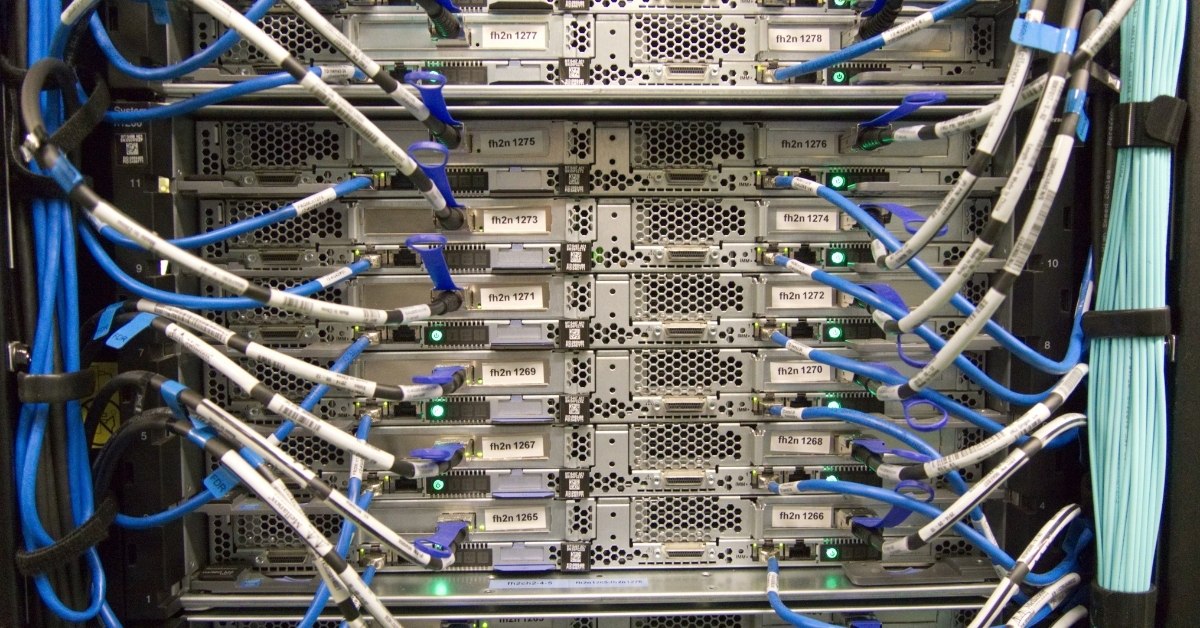- About
- Solutions
- Business Applications
- Digital Transformation Solutions
- Information Technology Systems
- Data Center Solutions
- Extra Low Voltage Systems
- Structured Cabling Systems
- View All Solutions
- News & Events
- Careers
- Contact Us
english عربيnavigationBlog
April 4, 2022
Cabling Systems
What are Structured Cabling Systems?
A Structured Cabling System is defined as a telecommunications cabling infrastructure for a building or campus that is made up of several standardized smaller pieces.
Structured cabling systems are cable management solutions that can be installed in an office or home. They are an important part of the telecommunications infrastructure and can be used to provide voice and data networking.
They are installed in different parts of the office or building depending on their purpose. Structured cabling systems are typically created with a combination of cables, hardware, and software to support computers and network equipment.

Why Use Structured Cabling?
Structured cabling is the backbone of your organization's communication system. It is what allows you to have access to the internet, phone lines, and other information systems.
A structured cabling system is a network that contains cables that are organized hierarchically. The network starts with the main distribution frame and is then distributed to different areas of the building through smaller distribution frames. The cables are often bundled together to make it easier for them to be installed and then later accessed.
It provides an organized framework for managing the physical infrastructure for data and voice communications. This includes the installation of cable distribution frames, patch panels, conduits, and cable trays to route and connects the network cables.
In today’s world, where businesses rely on technology for their operations, an organization needs to have a reliable communication system in place. Structured cabling is one way that you can ensure that your communication system will work when you need it most.
How Your Business Can Benefit from a Structured Cabling System?
A structured cabling system is a network of cables, which are installed in a specific pattern. It's often used to provide network and data services to multiple areas within an office building.
This type of cabling system has many benefits for businesses. First, it saves time and money because the installation process is quicker than traditional cabling systems. Second, it's more secure and reliable because the cables are run through pre-existing conduits and can be moved as needed without having to re-run a new cable. And finally, this type of cabling system allows for faster data transfer speeds and more bandwidth than traditional systems.
What Are the Dangers of Not Using Structured Cabling?
Without structured cabling, you are relying on technology that is not as advanced, which can lead to slower internet speeds, less efficient phone lines, and even lost connections. Structured cabling systems also help reduce costs since they are easier to install.
Mistakes such as incorrect ports being unplugged or, even worse, sloppy cabling getting in the way are prevalent with an unstructured cabling infrastructure. Also when using a point-to-point technique, the switch's front and maybe sides are clogged with cabling mass. This obstructs the airflow required for the switch to function.
related news
Blog
01 December 2023
5G Technology: Transforming the ICT Industry and Beyond.
5G technology has a revolutionary impact on the ICT industry and beyond. Its impact can be seen in various areas, including mobile broadband, fixed wireless access (FWA), the Internet of Things (IoT), cloud computing, edge computing, and different industries. Let's delve into the details of its impact.
read full articleBlog
03 November 2023
The New Era of the F&B Industry
Digital technologies have undeniably revolutionized the Food and Beverage (F&B) industry, reshaping the way businesses operate and interact with customers.
read full articleBlog
26 October 2023
Green IT
Green IT has emerged as a critical imperative for businesses and organizations worldwide in an era of rapid technological advancement.
read full articleBlog
12 October 2023
How Hotel Mobile Check-In Improving Guest Experiences
hotel mobile check-in stands out as a remarkable transformation that streamlines the check-in process, empowers guests with greater control.
read full articleBlog
10 October 2023
Leveraging Artificial Intelligence for Better Healthcare Outcomes
Integrating AI technologies in the healthcare sector holds immense promise for improving patient outcomes.
read full article